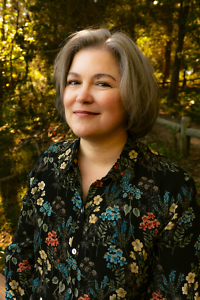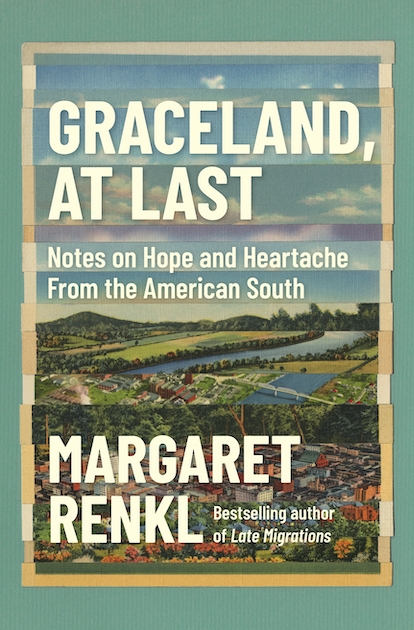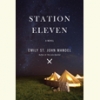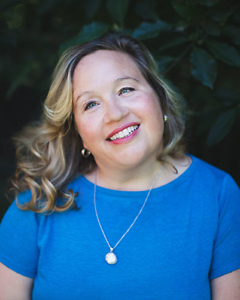Beyond the Powwow
Joy Harjo talks with Chapter 16 about poetry, the planet, and how Avatar is just Dances With Wolves in a blue body suit
Although best known for the poems that first introduced her to the creative world, Joy Harjo is an artist in diverse media: music, screenwriting, children’s literature, and poetry. A member of the Muscogee (Creek) Nation of Oklahoma, Harjo offers a powerful voice for the disenfranchised. Her first poetry collection, The Last Song (Puerto del Sol Press, 1975), uses elements of the Southwestern landscape and Native American history to explore how well—or not—native societies are integrated into the modern world.
Since this critically praised first collection, Harjo has never stopped publishing poems that look at the world from the perspective of outsiders, often using rhythm and mystic elements to convey a sense of otherness. Rather than seeming pigeonholed by her Native American background, Harjo draws upon archetypal myths and legends as tools to demonstrate the individual’s connection with the land and with other humans. Although grounded in the very specific Southwest landscape and history, her work has a universal resonance.
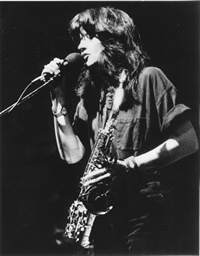 Harjo’s many honors include The American Indian Distinguished Achievement in the Arts Award, the Josephine Miles Poetry Award, the Mountains and Plains Booksellers Award, and the William Carlos Williams Award. She is a graduate of the Iowa Writers’ Workshop at the University of Iowa. The Poetry Foundation has an excellent, updated biography and exploration of Harjo’s work, available here.
Harjo’s many honors include The American Indian Distinguished Achievement in the Arts Award, the Josephine Miles Poetry Award, the Mountains and Plains Booksellers Award, and the William Carlos Williams Award. She is a graduate of the Iowa Writers’ Workshop at the University of Iowa. The Poetry Foundation has an excellent, updated biography and exploration of Harjo’s work, available here.
Harjo answered questions from Chapter 16 in advance of her visit to Nashville on April 23.
Chapter 16: What does Earth Day mean to you?
Harjo: Every day is Earth Day. When you look from the Moon, or another such view, we do not appear separate from Earth. We are Earth.
Chapter 16: You have devoted much time over the years to teaching and speaking to young people. Do you see any long-term influence of the “green movement,” or any signs of hope for our planet?
Harjo: For many years the visionaries of our indigenous people have been speaking with an urgency about the need to respect and take care of our home here. I heard the prophecies from Phillip Deere of my tribal nation, the Mvskoke, as a young woman, and from other knowers throughout Indian country. The “green movement” is part of the natural response to understanding our connection with Earth and each other. We were warned, and now we’re seeing a huge shift in weather patterns, fierce winds, earthquakes, and floods. I am optimistic, but that doesn’t mean we are not going to face even more difficulties.
Chapter 16: What misperceptions about Native Americans do you find yourself addressing most frequently? What do you wish people knew?
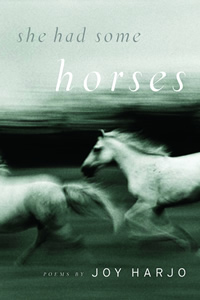 Harjo: There are so many; where to start? That we are one tribal group, or that we are dead. Mostly we are disappeared from public images, history, stories in all their forms, unless we are riding away defeated into the sunset or dancing powwow—burnished images in the wild West. Now people think we are all rich from casinos. We are human beings. Some of us dance powwow, but we have many forms of cultural expression, many kinds of dance. We are musicians, engineers, saxophone players. My grandmother Naomi Harjo played saxophone in Indian Territory. Now how does that fit with images of indigenous women?
Harjo: There are so many; where to start? That we are one tribal group, or that we are dead. Mostly we are disappeared from public images, history, stories in all their forms, unless we are riding away defeated into the sunset or dancing powwow—burnished images in the wild West. Now people think we are all rich from casinos. We are human beings. Some of us dance powwow, but we have many forms of cultural expression, many kinds of dance. We are musicians, engineers, saxophone players. My grandmother Naomi Harjo played saxophone in Indian Territory. Now how does that fit with images of indigenous women?
Chapter 16: On a related note, did you see Avatar? If so, what did you think of it?
Harjo: Yes, I did. Beautifully filmed, but the story template was nearly identical to Dances with Wolves. The non-Indians out-Indian the Indians. They are the ones who survive while the U.S. military rides up to destroy them. And the wannabe native literally gets an indigenous body. Very strange.
Chapter 16: Have social networking tools changed how you interact with readers?
Harjo: Yes, they have. I have a very active Facebook page, which has supplanted my blog because there are many more responses at Facebook. I’ve signed up for Twitter but haven’t figured it out, and have enough going on with Facebook and my blog. I’m also on MySpace but not so much anymore. There’s a kind of artificial intimacy.
Chapter 16: This is the question we ask everyone. What are you reading?
Harjo: I read everything from The New Yorker and The Kenyon Review to novel manuscripts by Kerala Indian writer Thachom Poyil and Mvskoke writer Eddie Chuculate, to esoteric astrological texts, to the poetry of Rimbaud (lately), and memoirs. I have a memoir due at the publisher’s at the end of June. I am looking forward to reading Leslie Silko’s new memoir which is due out from Penguin soon.
Joy Harjo appears at the Nashville Public Library on April 23 at 10 a.m., and again at the W.O. Smith Community Music School at 7:30 p.m. Details in events.
